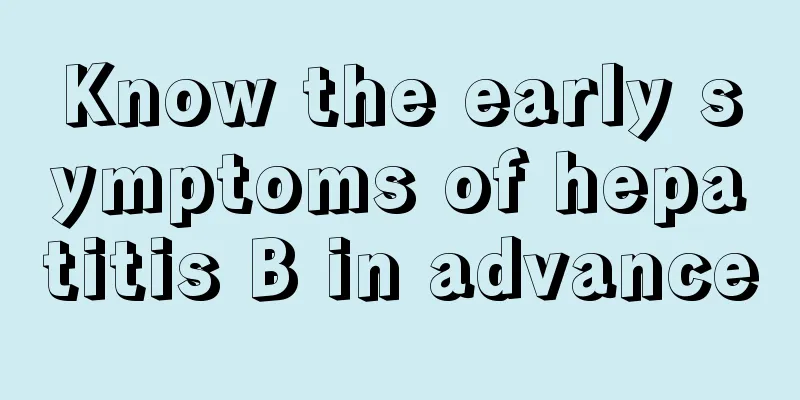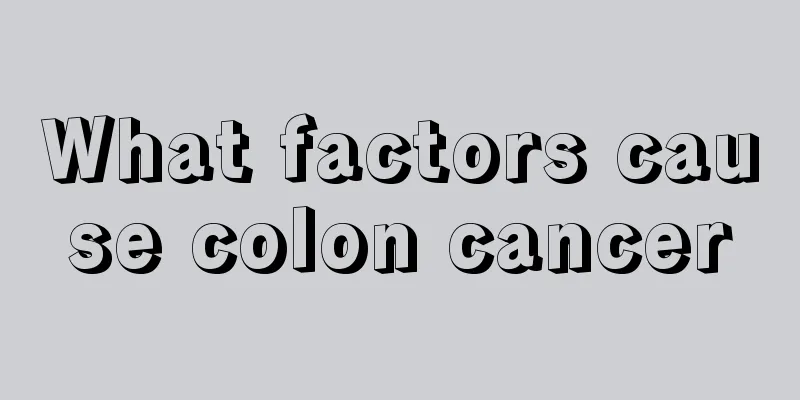Will gallbladder removal cause bile duct stones?

|
Bile duct stones are very common and are a type of gallstones. There are many treatments for bile duct stones. If the condition becomes very serious, some people will choose cholecystectomy for treatment. The gallbladder is where bile is stored and it also promotes digestion. If the gallbladder is removed, it may cause indigestion in the human body. So after gallbladder removal, we should pay attention to our diet. So will I still get bile duct stones after cholecystectomy? Please see the following article. 1. Some patients have both gallbladder stones and bile duct stones, while some patients only have bile duct stones but no gallbladder stones. This shows that even if the gallbladder is not removed, bile duct stones will develop. 2. The composition of gallbladder stones and bile duct stones is different. Gallbladder stones are mostly cholesterol stones, while bile duct stones are mostly pigment stones. 3. Millions of cholecystectomies are performed worldwide every year. After long-term clinical observation, no increase in bile duct stones has been found in patients after cholecystectomy. Clinical manifestations 1. Extrahepatic bile duct stones The typical symptoms are biliary colic at the beginning, often accompanied by nausea and vomiting. Patients with biliary tract infection have chills and high fever. Then jaundice appears clinically, and the typical Charcot triad appears, namely abdominal pain, chills, high fever and jaundice. (1) Abdominal pain is mostly located under the xiphoid process or in the right upper abdomen, and is paroxysmal or continuous pain that worsens paroxysmically and often radiates to the right shoulder and back. (2) Chills and high fever often occur after severe abdominal pain, presenting as a remittent fever, with body temperature reaching as high as 39°C to 40°C. (3) Jaundice About 70% of bile duct patients may develop jaundice 12 to 24 hours after upper abdominal colic, chills, and high fever. Jaundice is accompanied by itchy skin, dark tea-colored urine, lighter or clay-colored stools. Jaundice may fluctuate in most patients and improve in about a week. 2. Intrahepatic bile duct stones There may be no symptoms or there may be deep and persistent pain in the liver area, chest and back, which affects sleep. When acute obstructive suppurative cholangitis occurs, there may be chills, fever, hepatomegaly, tenderness, and no or mild jaundice. Sepsis and shock may occur in the late stage. |
<<: How to eliminate gallstones?
>>: What are the treatments for laryngeal stones?
Recommend
How to treat knee ligament sprain? It turns out there are 5 ways
Knee ligament sprain is very common in life, but ...
What are the symptoms of early breast cancer? Early breast
Symptoms of early breast cancer may include small...
Can the ab wheel build abdominal muscles?
In the gym you can see fitness equipment called a...
How to care for advanced lung cancer? 3 nursing methods for advanced lung cancer
Lung cancer is a disease that is prone to occur f...
Why do hair get lice
Many people have experienced lice as children. Th...
How to quickly reduce periodontal swelling and pain
Many people experience toothaches. There are many...
How long can a person with advanced lung cancer live at most
Lung cancer, like other cancers, is a difficult-t...
What are the treatments for cervical herniation?
Patients with cervical spondylosis must pay atten...
Blister in the middle of the lower lip
Lips are a very important part of appearance, so ...
Can yeast and salt be put together
Yeast and salt are often used when making pasta, ...
Causes of cysts on the neck
There are many lymph nodes on the neck, so many p...
What are the effective folk remedies for treating lung cancer? These 3 folk remedies are indispensable for treating lung cancer
Lung cancer has claimed the lives of tens of thou...
Will laser lithotripsy hurt?
Laser lithotripsy is a method to solve stone dise...
What are the benefits of eating sesame for children
The physical health of children is the most impor...
How much water should a normal person drink a day?
The human body needs to replenish enough water ev...









